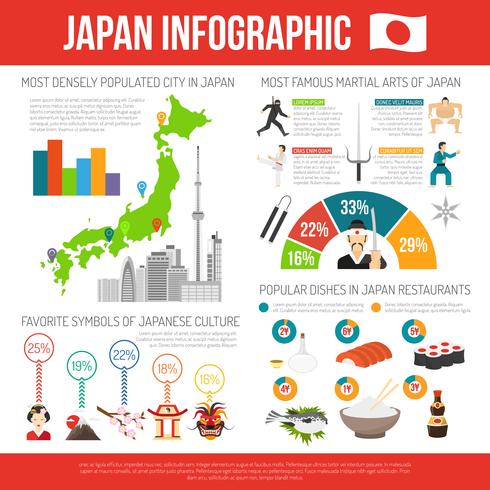The Growth And Historical Context Of Martial Arts Worldwide
The Growth And Historical Context Of Martial Arts Worldwide
Blog Article
Authored By-Egeberg Matthews
Martial arts have a remarkable background that spans centuries and continents. You could discover it fascinating how old techniques like Shuai Jiao and Kalaripayattu laid the groundwork for modern battle methods. These disciplines not just highlight physical skills but additionally mirror the societies that birthed them. As you discover their development, take into consideration how globalization has transformed these typical kinds into hybrid styles. What martial arts lessons for adults do you think have formed today's martial arts landscape?
Ancient Martial arts: The Foundations of Fight
As you explore the globe of ancient martial arts, you'll uncover the abundant structures that formed combat methods throughout cultures. Very early techniques concentrated on Self-Defense and survival, often including strikes, hurting, and weaponry.
In ancient China, for instance, methods like Shuai Jiao emphasized tosses and joint locks, while India's Kalaripayattu showcased dexterity and liquid activity. Japanese samurai established Kenjutsu, a refined swordsmanship that highlighted self-control and technique.
These martial arts offered not just for fight but likewise as a way of individual growth, instilling worths like regard and willpower. The blending of these strategies with time prepared for the varied martial arts you see today, each mirroring the one-of-a-kind approaches and requirements of its culture.
The Social Influence on Martial Arts Development
While martial arts often reflect the functional requirements of a society, they likewise personify the social worths and beliefs of their origins. When you check out different martial arts, you'll observe how they're influenced by faith, approach, and social norms.
For instance, the focus on respect and discipline in Japanese martial arts stems from Zen Buddhism and samurai culture. On the other hand, Brazilian Jiu-Jitsu advertises flexibility and strategy, formed by the need for effectiveness in a varied, modern atmosphere.
You may find that the rituals, attires, and training approaches show an area's background and identification. By recognizing krav maga schools near me , you grow your appreciation of martial arts and their role fit human experiences around the world.
Modern Adaptations and the Globalization of Martial arts
Martial arts have changed significantly in recent decades, adapting to modern culture and international impacts. You'll see that standard types have combined with modern-day methods, creating hybrid styles like MMA. These adjustments deal with diverse audiences, making martial arts available and attractive globally.
With the surge of social media and electronic platforms, you can locate tutorials and competitors from all corners of the world, damaging geographical obstacles. This globalization has brought about a common gratitude for numerous techniques, from Brazilian Jiu-Jitsu to Taekwondo.
As you involve with these arts, you'll understand they're not practically combat; they advertise health and fitness, discipline, and psychological well-being.
Inevitably, modern-day adjustments have actually enriched the martial arts landscape, making it a dynamic and developing technique.
Final thought
In checking out the background and development of martial arts, you discover a remarkable blend of methods, cultures, and viewpoints. From https://wjactv.com/news/local/women-prove-them-wrong-a-closer-look-at-local-womens-self-defense-classes like Shuai Jiao and Kalaripayattu to the modern adaptability seen in MMA, martial arts show humanity's pursuit for Self-Defense and individual growth. As you engage with these methods, you not just get skills however also a deeper admiration for the diverse traditions that form our globe today. So, continue your trip and accept the art of fight!
